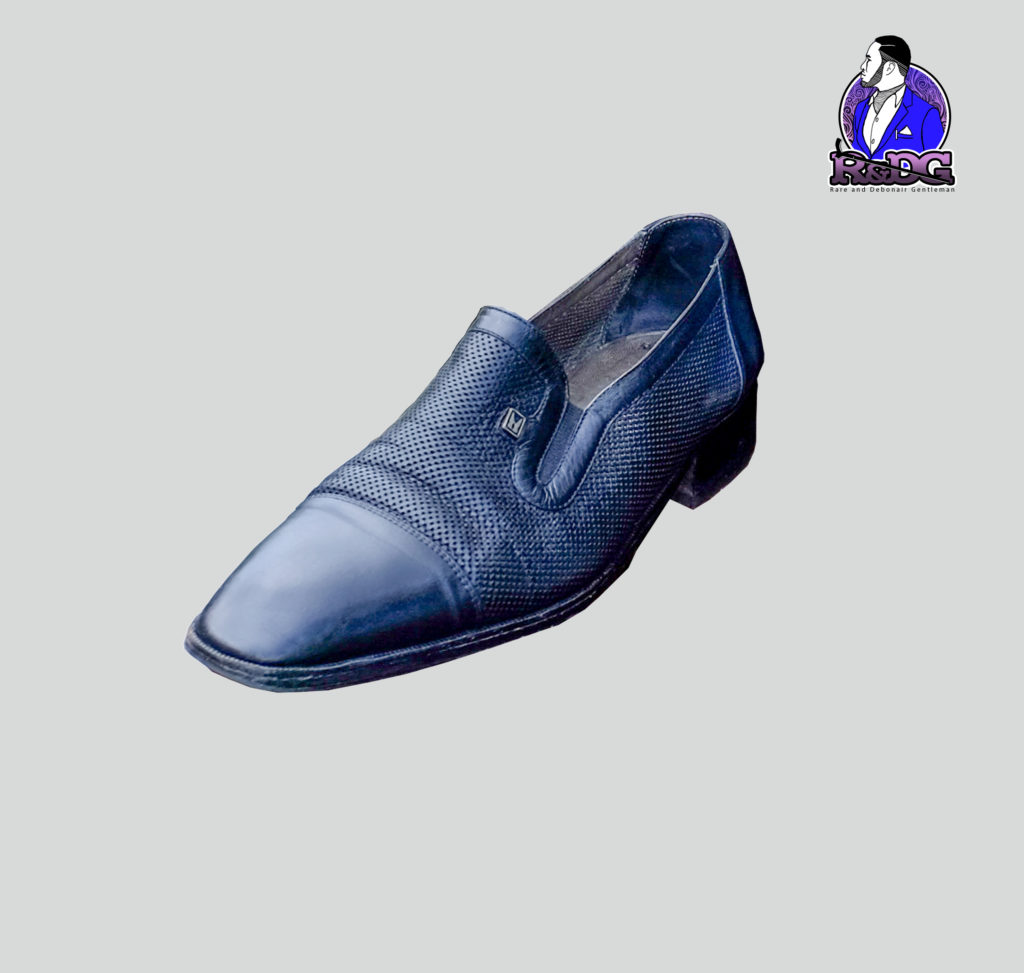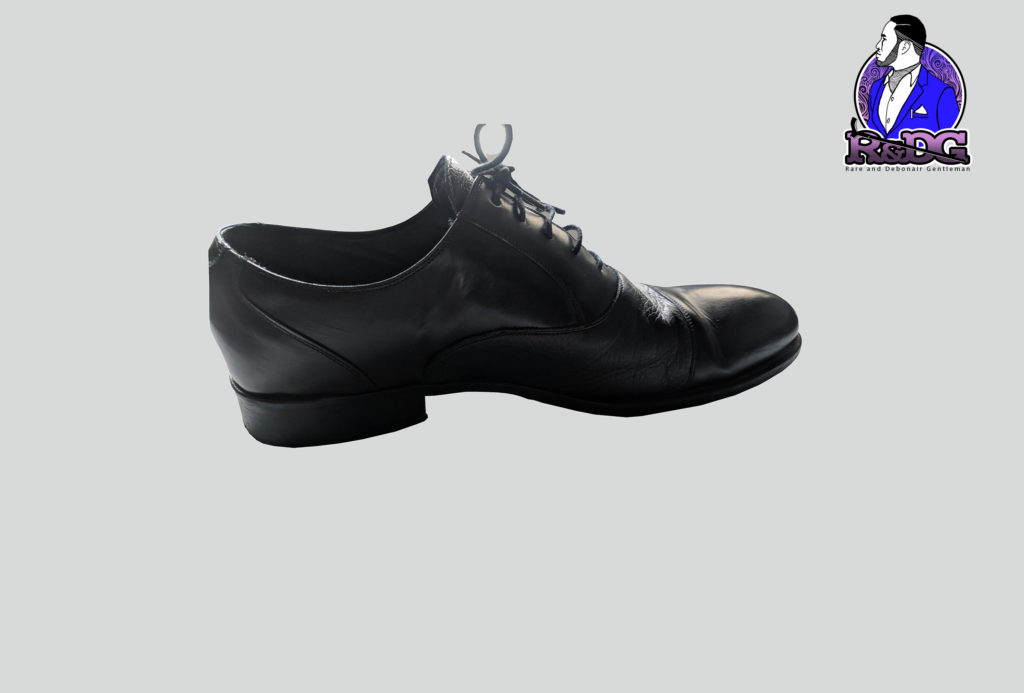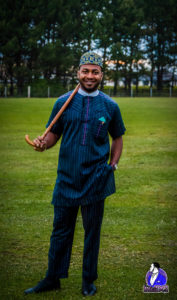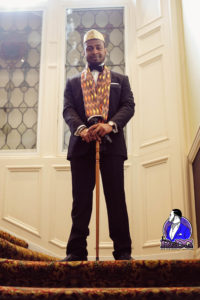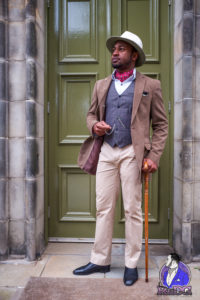
Your shoes can provide an insightful clue on the person on whose feet they are worn. People tend to subconsciously evaluate a person by their foot ware. This evaluation may elicit admiration or scorn. You don’t want to leave people with a negative opinion because of what your feet are covered with. Your shoes tend to mirror who you are or where you are at. Through your shoes, you can come across as a king because of the admiration they elicit. In essence your shoes can define your presence. You may look suave, but if your shoes don’t match, people would know that you really “don’t know which side is up.” Essentially, your shoe the mainstay in any ensemble. It is not an accessory as some might think. Over the next six weeks we are going to analyse 6 distinct pairs of iconic footwear that I believe every man must possess in their wardrobe beginning with the most formal to the least formal with respect to their versatility.
These shoes are:
- The Balmoral Oxford (Dress) Shoe,
- The (Single & double) Monk Strap,
- The Brogue,
- The Chukka Boot,
- The Dress Boot and
- The (Driving) Loafer. All in descending order of their formality.
With each shoe we shall briefly define their origins, highlight their distinguishing features and give you tips on how to wear them with some of our selected ensembles where they feature.
Up first we have the Balmoral Oxford (Dress) shoe.
The Balmoral Oxford (Dress) Shoe:
This shoe owes its origins to the United Kingdom where it was worn among the erudite and political class of British society particularly, at the University of Oxford (the emblem of academic excellence the world over). Students of the University often wore these shoes because the dress code in those days was quite formal.
The iconic Balmoral Oxford shoes (image contained within article) known for its three main diagnostic features which are a capped toe, Straight Bar shoe lacing technique and the fact that its lacing sits below the vamp (see image for position of shoe vamp) of the shoe. A highly conservative dress shoe indeed as this is the quintessential footwear for any formal occasion, it can be worn to weddings, balls, horse races and the like. In other words when you think black tie, think Balmoral Oxfords which are predominantly in black leather.
Pictured is a hybrid version of the shoe with perforated holes to give it an edgy aesthetic. This makes it suitable for less formal looking clothing such as the Sapeur Ensemble which can be characterized as a business casual mode of dressing. However, it can also be seamlessly paired well with a tuxedo in our Black Tie Ensemble.
This shoe in any case, is not limited to western apparel and can be worn with ceremonial looking cultural attire such as the Senator/Prince dressed in Royal Blue Ensemble. Moreover, it’s capped toe affords it the luxury of a military shine which gives your dressing a more prominent appeal befitting for any ceremonial occasion.
Remember, when dealing with semi-formal to formal dressing, be it with pairing shoes or wristwatches, simplicity is key. It is for this reason that most dress watches either come in dials that have roman numerals or common dashed lines.
It is important to mention that such shoes should be worn with an appropriate formal looking belt such as that contained within this article. Moreover, the belt as observed is as simple as the shoe it pairs which is in line with our simplicity principle for formal wears.
Next week we consider the monk strap. Stay tuned!


